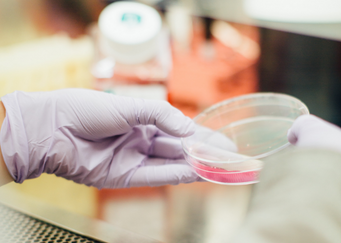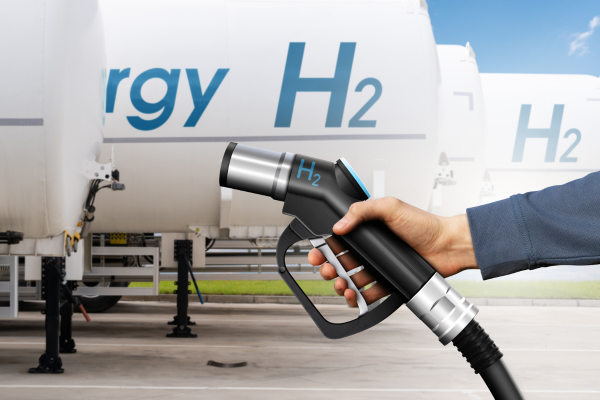When is water not just water?
Although it is one of the most common elements, there is an ongoing scientific debate on the structure of water as well as the underlying liquid-liquid phase transitions. Water is simultaneously the most common liquid on earth and the weirdest, judging from the variety of its anomalous properties. For example, water reaches its maximum density at 4 degrees Celsius whereas other simple liquids just expand on heating. The “weird” nature of water may be explained if it is seen as a mixture of two different structures. However, the exact “mixture” of water is still a topic of discussion and not fully elucidated.

A team of researchers at Yale-NUS College are tapping NSCC’s supercomputer to analyse in greater detail the structures of the “mixtures” that make up water. The goal is to gain a better understanding of the microscopic structure of water to shed light on the many physical and chemical processes in the aqueous environment.
The group has recently developed a new theory that water is a mixture of two states of water molecules. The team used NSCC’s supercomputer to perform complex simulations of the interaction between water molecules. The project will continue to explore the implications of the classification, including the degree of hyperuniformity of the two states and the thermodynamic implications.
To find out more about how NSCC’s HPC resources can help you, please contact [email protected].
NSCC NewsBytes July 2021





